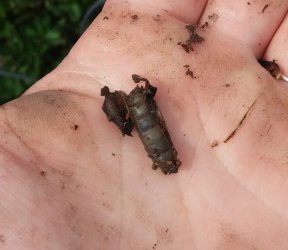
A reader in Fort Worth, Texas recently wrote to us about some small brown worms or larvae she is finding in her flower bed. The reader has never seen them before, but she has only had her house (and thus the flower bed) for a few years. The reader says that they look and move around like earthworms, and that they are as big around as an earthworm, but they are quite short. The reader wants to know what she found, and she also wants to know if they are harmful to her garden.
We’ll begin with the picture the reader sent along with her question:
One thing we are basically sure of is that this isn’t an earthworm, so our reader can discard that possibility. It simply doesn’t look like an earthworm, and as the reader pointed out, its body dimensions do not match those of an earthworm. However, it is a lot easier to say what something isn’t than to say what it is. Even so, we have a couple of ideas.
First, it is possible our reader is finding a so-called “cutworm,” which are not in fact worms, but the larval form of certain types of moths, making them caterpillars. “Cutworm” is a fairly imprecise term, and it can be used to refer to a broad range of moth larvae. These moths generally belong to the Noctuidae family, but not every cutworm is a Noctuid species, and some cutworms lie outside this family. Taxonomy is always complicated, though, and what is important to our reader is that cutworms, regardless of the precise species, “cut” down plants by chewing on their stems. They especially go after seedlings, so plants don’t even have a chance to reach maturity. The reader asked if she should be “leaving them in the ground or squishing them,” and while it probably isn’t necessary to squish them, they should definitely be removed from the garden as she comes across them. If this is what our reader found, she can read one of our articles about cutworms. We aren’t sure this is what she found, however, in part because what she found also looks a bit like a black soldier fly larva (BSFL). BSFL are, as one should expect, a type of fly larva, and they generally aren’t found in gardens. However, they are a part of many composting operations, so if our reader uses compost in her garden, it is possible she added BSFL. If this is what she is finding, they shouldn’t cause any problems in the garden since they don’t eat living plants, but instead decaying organic matter.
So, unfortunately, we can’t say for sure if our reader has a garden pest on her hands, and in fact the only thing we can say with confidence is that she isn’t finding earthworms. She should explore our suggestions further to see if she is able to confirm anything, and if not, she might consider looking at some of the resources published by her local extension program, which seems to be Texas A&M Extension Program for Tarrant County.
All About Worms is always free, always reader-supported. Your tips via CashApp, Venmo, or Paypal are appreciated! Receipts will come from ISIPP Publishing.
You might also find these guys interesting!





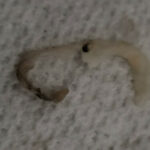
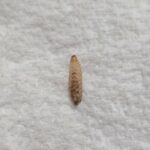
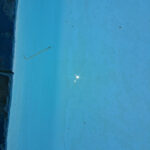
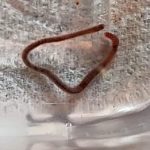
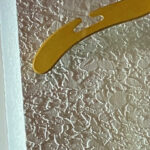
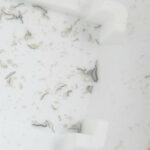
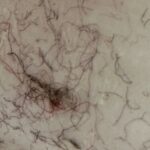






In my flower garden I found a worm that was brown and it had a little green jacket on its back, it either stung john in three places on his arm or it bit him, he became light headed and felt like he was going to pass out. would you know what this worm is by the description?